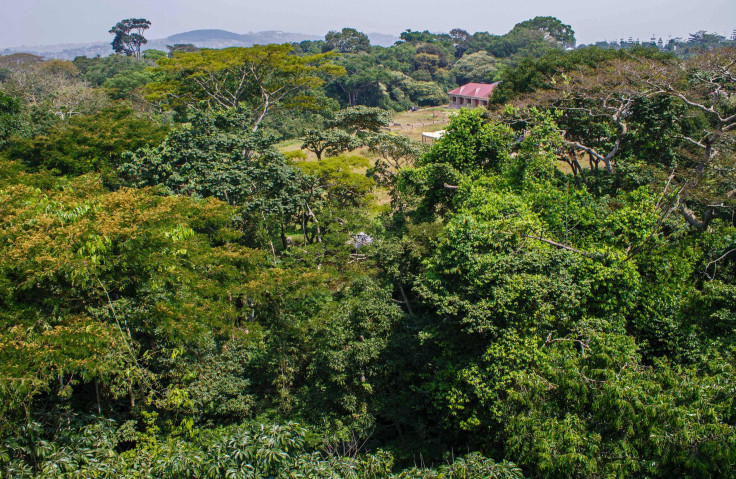Fossils Of World's Oldest Forest Unearthed In New York State

The discovery of a fossilized prehistoric forest — now considered the world's oldest — in upstate New York State sheds more light on plants that reproduce without seeds.
The fossilized forest is estimated to be 386 million years old and is located in a quarry in Cairo, New York, some 33 miles south of Albany, the New York State capital. The site is located in the foothills of the Catskill Mountains in the Hudson Valley. It's believed to be three million years older than the previous world record holder, which is located around 25 miles away in Gilboa.
Fossilized remains of this forest consisting of two types of extinct plants were dug up by experts from Cardiff University in the United Kindom, Binghamton University in New York and the New York State Museum. The fossils are of extinct plant species called Cladoxylopsida and Archaeopteris.
Cladoxylopsida are primitive fern-like plants known only as fossils and are thought to be ancestors of modern ferns and horsetails. Fossils of these plants originate in the Middle Devonian to Early Carboniferous periods (390 to 320 million years ago), but mostly as stems.
On the other hand, Archaeopteris are characterized by their woody trunks and frond-like branches. It was once considered the world's oldest tree until the discovery of Wattieza in 2007. This tree-like plant with fern-like leaves flourished during the Upper Devonian to Lower Carboniferous (383 to 323 million years ago) period.
Researchers believe the fossilized forest consisted of an expansive network of trees that reproduced using spores rather than seeds. The forest was eventually wiped out by a massive flood.
“This would have looked like a fairly open forest with small to moderate-sized coniferous-looking trees with individual and clumped tree-fern-like plants of possibly smaller size growing between them,” Dr. Chris Berry, study co-author from Cardiff University, said.
“We are really getting a handle on the transition of the Earth to a forested planet. It is surprising to see plants which were previously thought to have had mutually exclusive habitat preferences growing together on the ancient Catskill delta.”
The study announcing the discovery of this forest also identified “spectacular” woody roots belonging to Archaeopteris. The roots contained multiple levels of branching and small, short-lived perpendicular feeder roots. Researchers said this complex root system transformed the interaction of plants and soils.
“In order to really understand how trees began to draw down carbon dioxide from the atmosphere, we need to understand the ecology and habitats of the very earliest forests, and their rooting systems,” noted Berry.
The team plans to continue looking at the Catskill region and compare their findings with fossil forests around the world, according to Binghamton University Prof. William Stein, the study’s lead author.
“It seems to me, worldwide, many of these kinds of environments are preserved in fossil soils. And I’d like to know what happened historically, not just in the Catskills, but everywhere,” Prof. Stein said.
The point in time that the fossil trees date to marks a transition between a young planet with no forests and a planet now largely covered in trees. Studying the site is giving researchers a better understanding of how trees evolved and how they draw down carbon dioxide from the atmosphere.




























